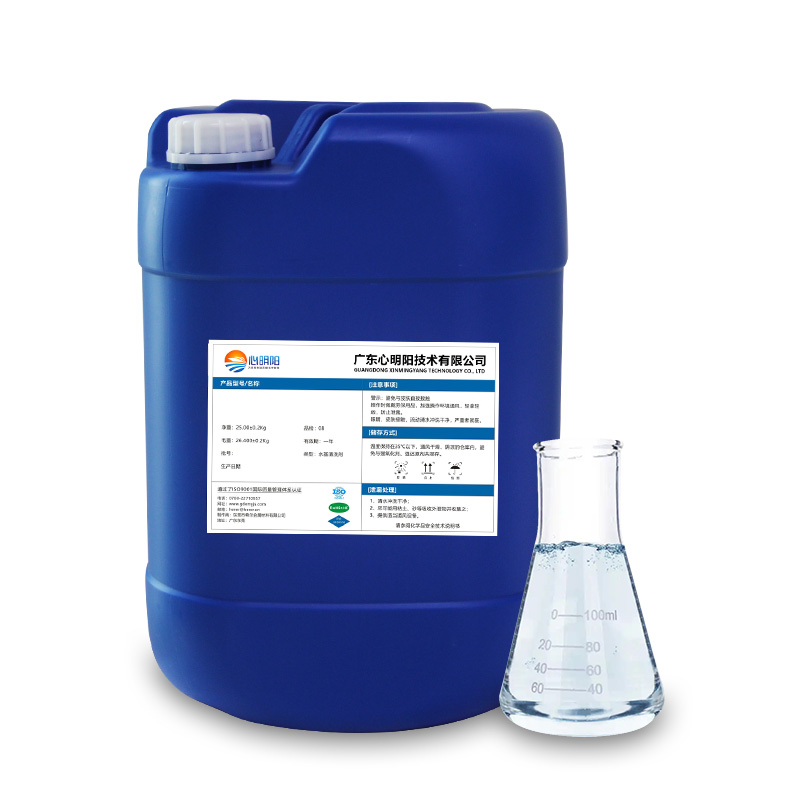Product Introduction
Photovoltaic panel cleaning agent is composed of surfactants, detergents, penetrating agents, solubilizers, etc. It does not contain controlled substances such as fluorine, chlorine, phosphorus, and heavy metals. It can quickly remove stubborn stains such as PM2.5 dust, bird droppings, insects, and oil on photovoltaic glass, making the glass surface shiny as new, without water hanging or fogging, restoring transparency, and not affecting power generation efficiency. The cleaning power is very obvious, non-toxic, safe to use, and has no irritating effect on human skin and environmental vegetation.
Application field: Applied in the photovoltaic power generation industry, such as cleaning photovoltaic panels, glass substrates, ITO and FTO glass, coated glass, photovoltaic glass components, etc.
Product Feature
| √ Especially effective for cerium oxide polishing powder, with high cleanliness |
| √ No scratches, watermarks, or white spots after cleaning |
| √ The tank liquid has a long service life and will not return to dirt or dirt |
| √ Protect the glass from discoloration, dullness, and damage to the film layer |
| √ Water based safety, low foam type, easy to rinse, no residue |
| √ Meets VOC, COD, and EU RoHS requirements |

Quick to clean, non corrosive, easy to rinse, environmentally friendly, odorless, and not harmful to hands
Physical and chemical indicators
| Appearance | Colorless to slightly yellow liquid | Density | 1.04~1.06g/L |
| PH | 3-5 or 6-9 or 11-13(working fluid) | Secure | Non combustible non corrosive |
| Environmental protection | Phosphorus free, halogen-free, compliant with EU RoHS requirements | ||
Process Flow

Precautions for use
USAGE
Constant temperature immersion cleaning or ultrasonic cleaning
USAGE METHOD
Dilute in proportion to the working solution, heat to 50-60 degrees, soak at a constant temperature for 5-10 minutes, or clean with ultrasound for 2-3 minutes.For heavy oil contaminated workpieces, extend the cleaning time or use multiple grooves to thoroughly clean them.
MAINTENANCE
1. Regularly check the temperature and liquid level of the tank liquid, replenish water in a timely manner, and add the corresponding proportion of the original liquid.
2. Regularly replace the tank liquid according to the specified time.


